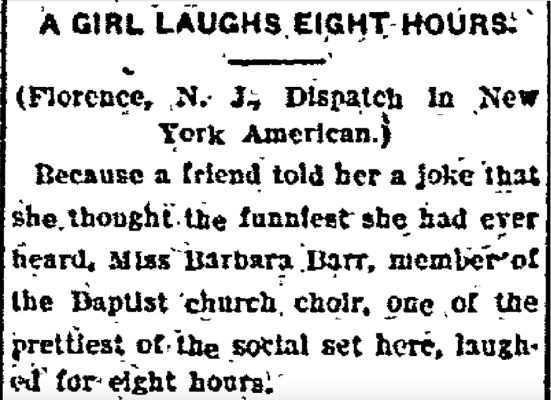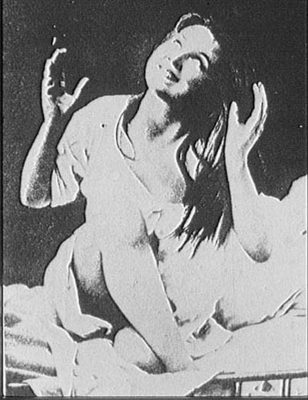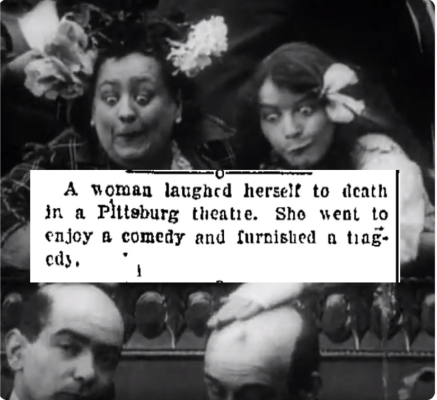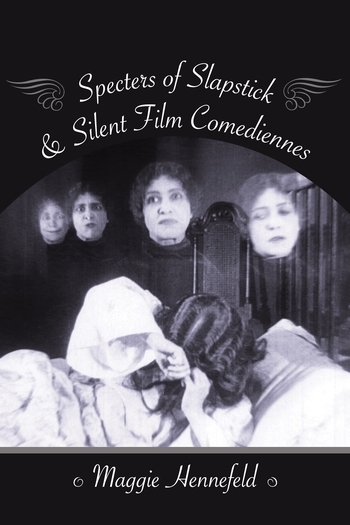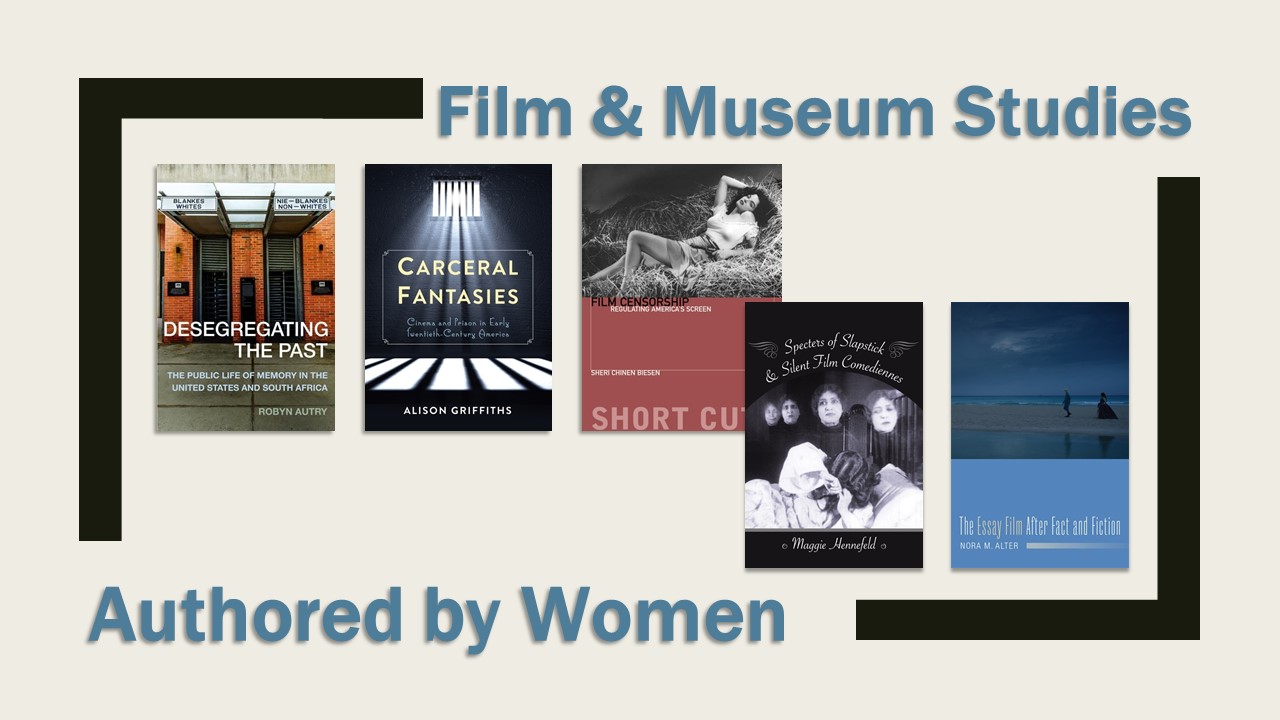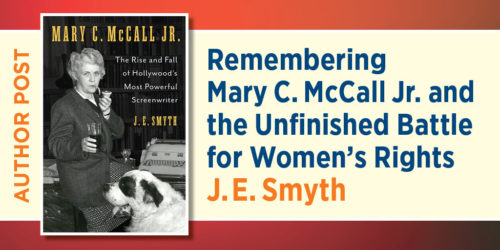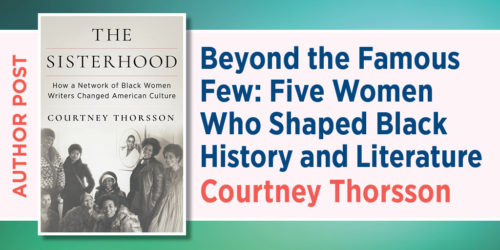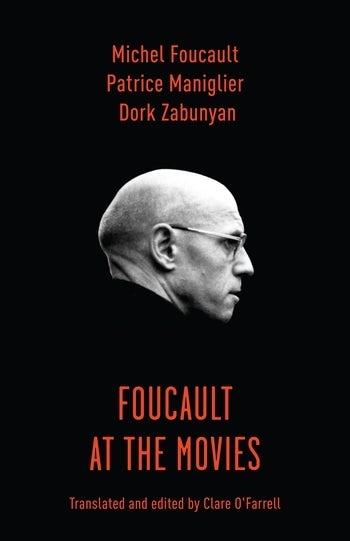The Untold History of Women’s Death by Laughter
Maggie Hennefeld

“Those who do not remember the joke are doomed to continue laughing at it.”
—An unidentified feminist philosopher.
What is the funniest joke you’ve ever heard? And have you ever laughed so hard you thought you might explode? In 1907, a woman named Barbara Barr in New Jersey caught wind of a witty anecdote about dentistry that made her laugh uncontrollably for eight hours without stopping. According to the Times-Picayune of New Orleans, “her laughter could be heard for a square” and it “took two doctors 8 hours . . . to end her cachinnations.” Barr awoke the next morning with no memory of the incident whatsoever. (The exact punch line has been omitted from this blog post due to concerns about public safety).
If those who forget history are doomed to repeat it, we’d be wise to remind ourselves of the death by laughter epidemic that afflicted thousands of women around the turn of the twentieth century. From 1870 to 1920, bizarre obituary columns proliferated across the U.S. mourning the untimely deaths of risible women who allegedly gave up the ghost to raucous hysterical laughter. For example, Bertha Pruett was “Killed by a Joke,” a female spectator “laughed herself to death” in a Pittsburgh vaudeville house, and a woman in Denver “may have been about the first to see anything in Colorado to laugh at,” according to the Dallas Morning News. Sensationalist eulogies glibly mocked the deceased for having succumbed to such a ludicrous menace. When the offending punch lines were specified at all, they fell woefully short of their threshold for laughing jouissance. Imagine dying of laughter—and at a joke that is not even funny!
There is something vividly threatening about laughter that exceeds any explicit comedic provocation. We have an arsenal of adjectives to describe such a specimen: uproarious, unruly, convulsive, contagious, Medusan, mad, crazy (à la “le fou rire”), and even hysterical. When laughter exceeds comedy’s symbolic license, it is often discarded as empty, crude, and inappropriate. Jokes and gags broker a détente between unconscious obscenity and permissible representation, which is why comedians who fail to toe the line between license and taboo then have to face the music of public backlash. But what about laughter on its own terms as a catalyst for playful transgression and collective disobedience? Such laughter gives thundering voice to risky protest that even the darkest recesses of absurd comedy and black humor fail to articulate.
It should come as no surprise that noncomedic laughter has been ruthlessly gendered from antiquity onward. Think of the etymology of the euphemism “hysterical laughter.” The Greek word hystera, meaning uterus, also served as a diagnosis for spinsters and widows whose wandering reproductive organs supposedly wreaked havoc in their bodies, inciting mysterious symptoms such as somnambulism, perpetual hiccups, the sensation of suffocation, and temporary mutism. Until the late nineteenth century, to “laugh hysterically” meant to suffer extravagantly as a consequence of irreconcilable feelings—shame and lust, despair and ambition, resignation and hope. Far from pleasurable, hysterical laughter was the last thing you would ever want to experience. It primarily afflicted madwomen and nervous ladies whose morbid compulsions erupted in uncanny throes of laughter-without-comedy.
Just as hysteria—which was not retired from the Diagnostic and Statistical Manual of Mental Disorders until 1980—has been embraced by feminist theorists as a somatic language for taboo dissent and forbidden desire, hysterical laughter deserves to be recognized beyond its immediate contexts, i.e., beyond analysis of the joke or dissection of the gag. Speaking of which, did you hear the one about the Oklahoma woman who “laughed herself to death over a funny story”? She “must have heard one we haven’t!” remarked an unidentified South Carolina obituarist for The State in 1915. The death by laughter panic proceeded in direct confrontation with a hilarious turn in modernity’s gendered body politic. From the amusement park and electric carnival to the burlesque revue and variety theater, women were forcefully solicited to laugh louder, longer, deeper, and more deliciously than they had ever dared to imagine.
“Laugh? Why, you’ll have to tie them to the seats so that they won’t roll all over the house in fits of convulsive laughter,” The Moving Picture World promised greedy film exhibitors in 1912. Movie houses overflowed with pleasure-seeking bodies. Meanwhile, vaudeville managers were accused of conspiring with local corset stringeries after women’s convulsive laughs caused their “corset strings to snap with smothered thud like firecrackers under the bed” (Birmingham Age Herald, 1895). As Nickelodeon preached to the chorus in 1909, “PLAY TO THE LADIES.” Female spectators flocked to enjoy wild, anarchic comedies about domestic workers who break all the dishes, demonic tomboys flooding the house and electrocuting police officers, striking nursemaids, rebellious suffragists, and other such “queens of destruction” who raised a ruckus on the playful altar of mass liberationist politics. Or, as the “laughing girl” Sallie Strembler nicely captured her audience’s voluble glee in a popular phonograph tune: “HAHAHAHA-HEHEHEHEHHOHOHOHO!!!”
In the same breath that women were invited to decimate their corsets in the throes of side-splitting, gut-busting, world-breaking laughter, they were cowed into silence—lest their enjoyment suddenly kill them! In my book, Death by Laughter: Female Hysteria and Early Cinema, I follow that explosion of necessary but impossible euphoria from the madhouse to the movie theater—eventually coming full circle when, in 1904, the federal government started earmarking hundreds of thousands of dollars for the film industry to screen slapstick comedies in mental asylums, declaring movies to be a “universal visual cure” to neurodivergence. Female laughter ruled the day and threatened to drive the whole world mad.
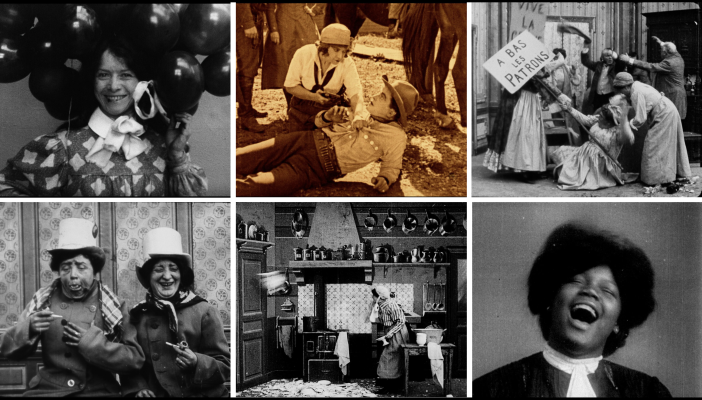
Frame enlargements of films featured in Cinema's First Nasty Women (Kino, 2022). From left to right: Léontine Flies Away (France, 1911), The Night Rider (US, 1920), The Nursemaids' Strike (France, 1907), The Women Cab Drivers (France, 1907), The Nervous Kitchen Maid (France, 1907), Laughing Gas (US, 1907).
Culture, as we know, is grotesquely contradictory. The same society can simultaneously enshrine abortion rights in state constitutions and declare that frozen, fertilized eggs are entitled to legal personhood. Culture wars escalate at breakneck speed, paving the way to historical revolution at cross-purposes—as antiracist uprisings, climate protests, and ceasefire demands vie for media visibility and political authority against white supremacist rallies, mass shootings, anti-trans bills, and neofascist rhetoric. The tabloid circus of women’s (social) death by laughter circa 1902 might seem like a drop in the bucket. But as a wise feminist philosopher once remarked, those who do not remember the joke are doomed to continue laughing at it.
Maggie Hennefeld is associate professor of cultural studies and comparative literature at the University of Minnesota, Twin Cities and the author of Death by Laughter: Female Hysteria and Early Cinema.

